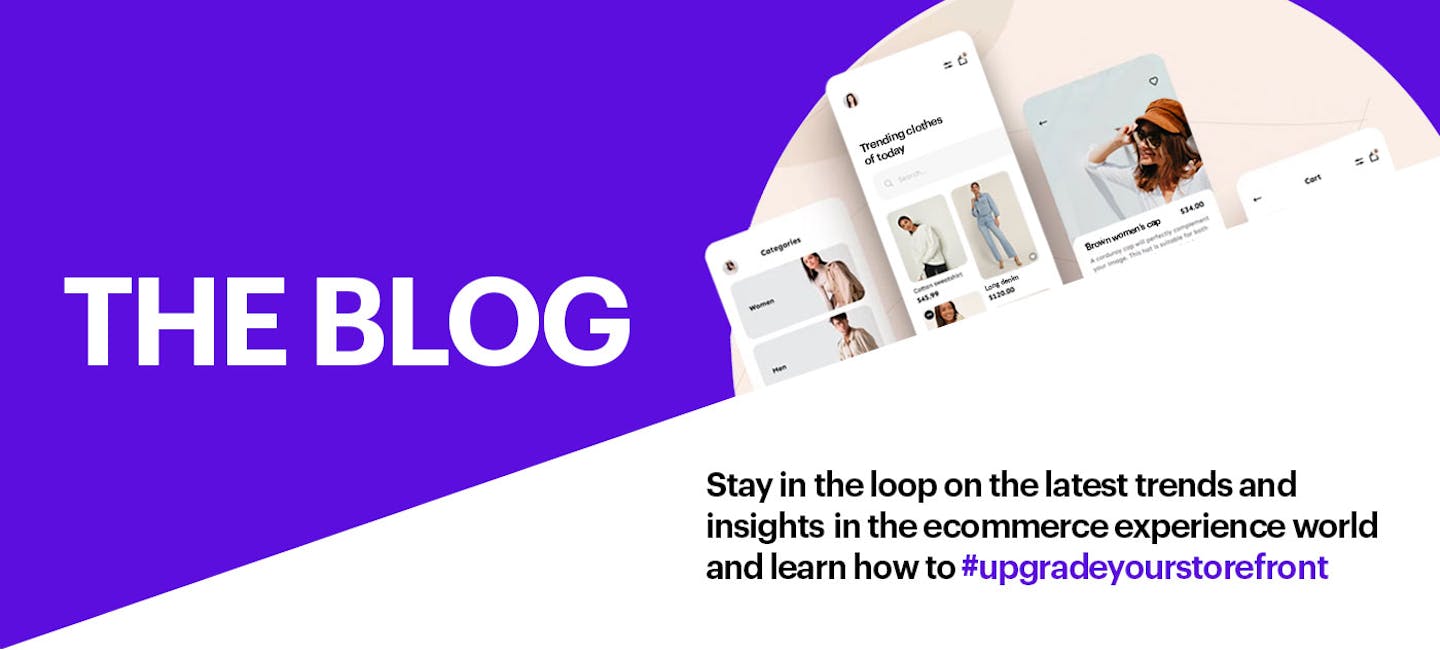
Unlocking the secrets of headless commerce
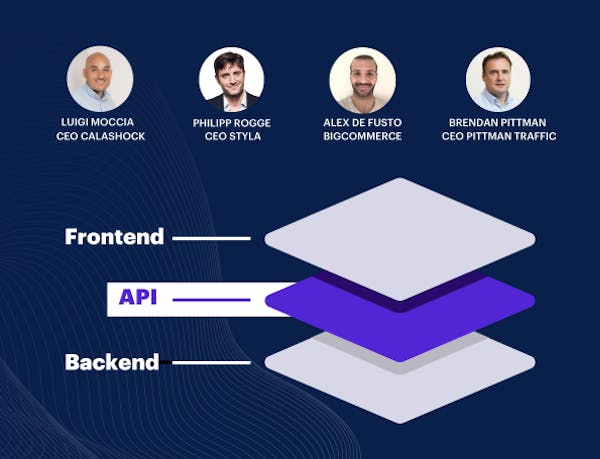
The ecommerce industry is constantly evolving, forcing merchants to quickly adapt and integrate new trends. Headless Commerce empowers merchants with faster time-to-market and increased flexibility, enabling them to maintain a competitive edge. This blog dives into the concept of headless commerce, its advantages, and offers valuable insights on how it can revolutionize the online shopping experience.

Headless Commerce
Headless Commerce ist nicht nur ein Trend, sondern eine Technologie, die da ist, um zu bleiben. In Teil 1 unserer Blogreihe beleuchten wir die Vorteile und Nachteile einer Headless-Lösung.

Headless Commerce mit Styla Frontend
Im zweiten Teil der Blogreihe zum Thema "Headless Commerce" stellen wir die Möglichkeiten zur Implementierung von Styla Frontend sowie die Benefits vor.

Podcast: Get started with PWAs
Are you struggling to keep up with the latest trends and technologies, but want to take your ecommerce game to the next level? Then listen to the podcast "Why you should be considering PWAs for your ecommerce website with Styla Frontend".
Subscribe to our newsletter
Get the latest resources on how to scale your ecommerce business and how to upgrade your storefront with Styla Frontend, straight to your inbox.
Digital Experiences in Ecommerce - the Full Guide
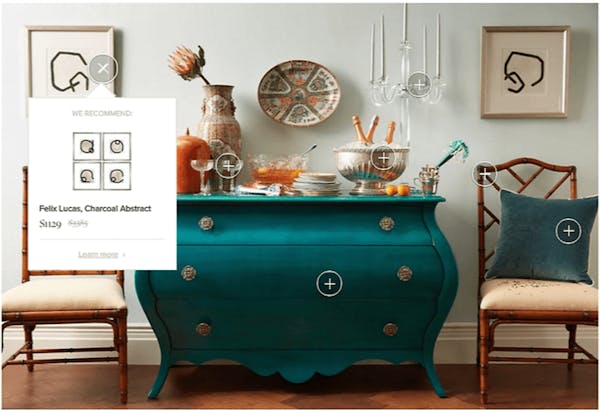
As consumer expectations continue to grow every year, the most competitive ecommerce brands will be those that offer relevant and compelling experiences for their customers. That’s because a positive shopping experience can drive brand awareness, sales, customer loyalty, and more.

Why We Launched a New Product: Styla Frontend
The news is out! Styla has launched a new product on a completely new setup. Over the past 18 months, the IT and product teams at Styla have worked tirelessly to create, what we believe, can be a great value product for a market that is about to run hot - the Headless Commerce space! Now, I want to shed some light on our reasoning - and exactly what makes Styla Frontend so special.

The Top 10 Digital Customer Experience Tools For The E-Commerce Tech Stack
In 2020, customer experience (CX) is increasingly driven by technology. Brands have already focused on serving personalized customer experiences based on the latest data across real-life and digital channels for the past years. With the ongoing social curbs in response to the coronavirus (COVID-19), the importance of digital experiences and digital customer experience tools has grown exponentially.

10 Email Marketing Ideas for Your Online Store
When enhancing the customer experience for your online store, email is a crucial touchpoint to consider; email marketing is a valuable tool to nurture the relationship to customers and a great way to increase engagement and conversion. For every pound invested, email generates an average return of £42, according to the Data & Marketing Association.

3 Reasons Why High Quality Content & Imagery Is Crucial on Amazon
High-quality content and images on Amazon couldn’t be more important for differentiating your products. 56% of shoppers go straight to Amazon when they start looking for their next purchase, with the levels of competition ever-increasing as the platform’s market share grows. From the start to the finish of the customer journey, you need to take every opportunity to show shoppers why your product is the one for them, and one of the best ways to do that is with unique, informative and compelling content.

7 Rules of Effective Post-Purchase Email Communication
If you plan it well, post-purchase communication can be the cherry on top of your marketing strategy. It can improve your customer service, shorten the purchase cycles, and increase the customer lifetime value. So how do you make your post-purchase email communication effective?

22 Technical, On-Page and Off-Page SEO Techniques You Should Be Doing
The news is out! Styla has launched a new product on a completely new setup. Over the past 18 months, the IT and product teams at Styla have worked tirelessly to create, what we believe, can be a great value product for a market that is about to run hot - the Headless Commerce space! Now, I want to shed some light on our reasoning - and exactly what makes Styla Frontend so special.
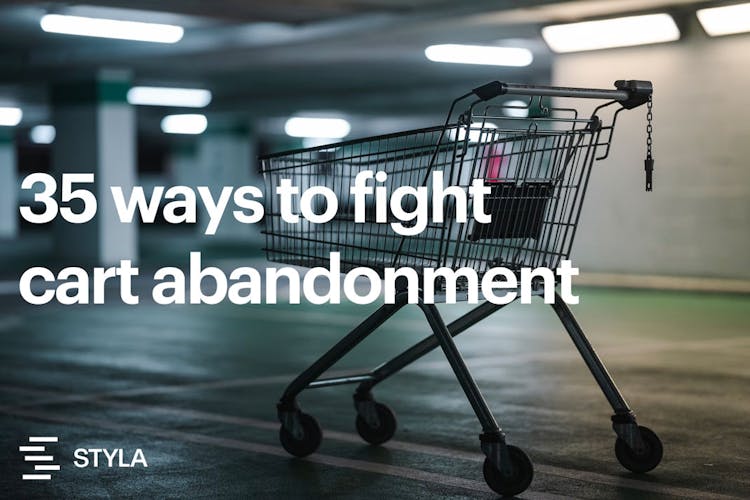
35 Actionable Tips to Reduce Shopping Cart Abandonment Rate (Ultimate List)
Shopping Cart Abandonment - these three words are a nightmare come true even to the best online retailers. Whether you're an e-commerce pro or a humble beginner, it's the same struggle.
Shopping cart abandonment rate is as high as 68.63%, says Baymard Institute. This means that almost 70% of your shop visitors that have already gone as far as adding products to their carts and almost becoming your customer, will never be your customer.
But as I always say, never say never.
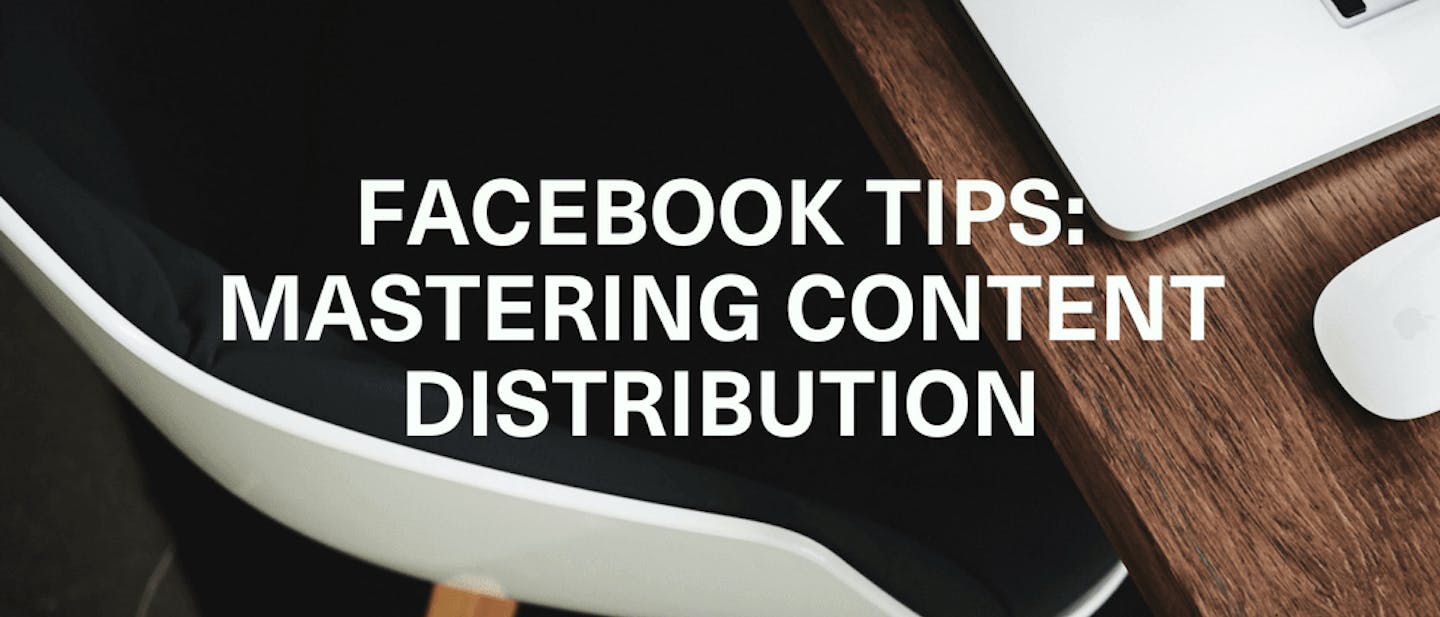
5 Tips To Master Content Distribution On Facebook
You’ve heard it a thousand times before — content is king and distribution is queen. And while you are constantly creating content and sharing it, are you reaching the right audience?
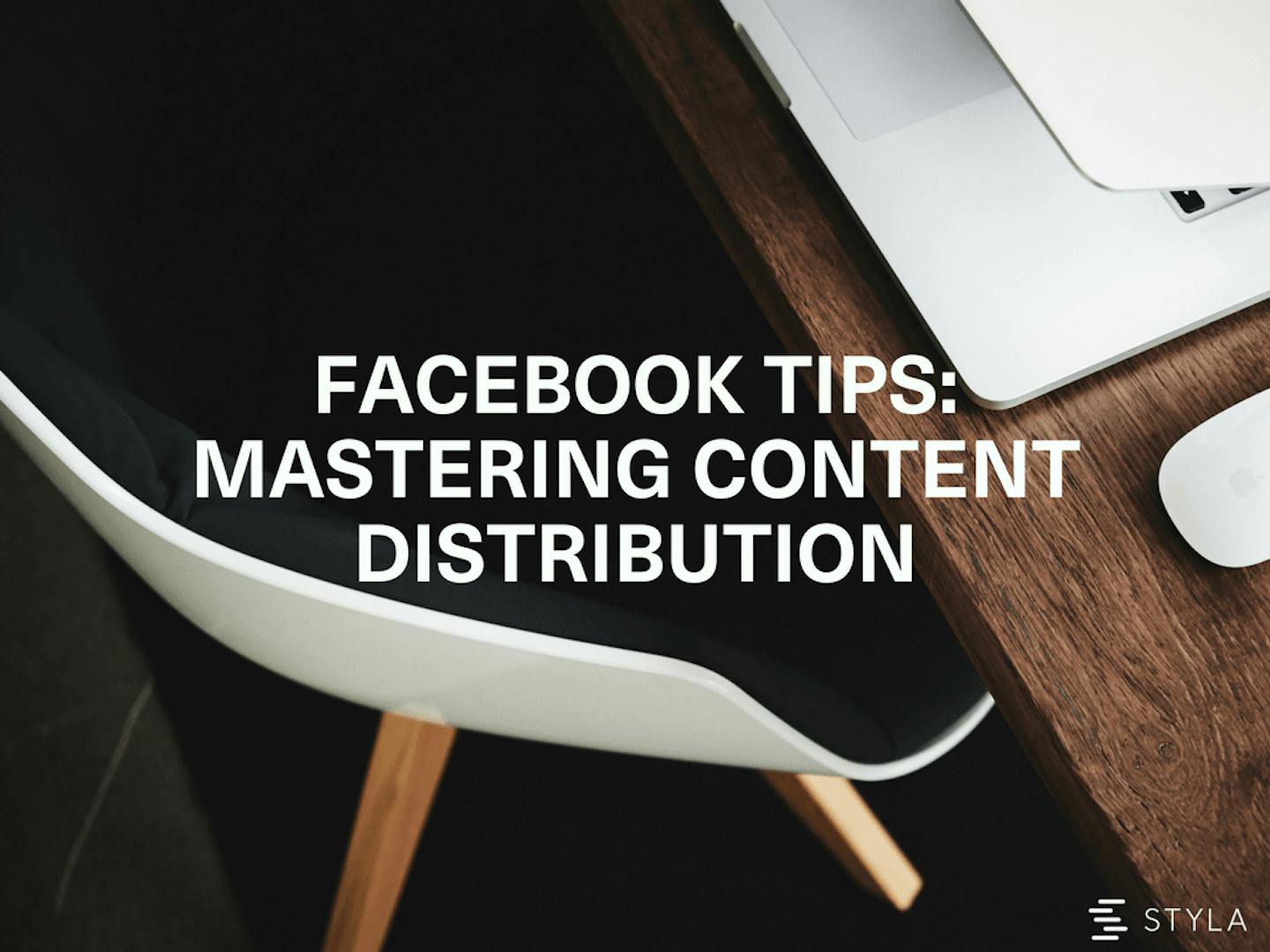
5 Tips To Master Content Distribution On Facebook
You’ve heard it a thousand times before — content is king and distribution is queen. And while you are constantly creating content and sharing it, are you reaching the right audience?
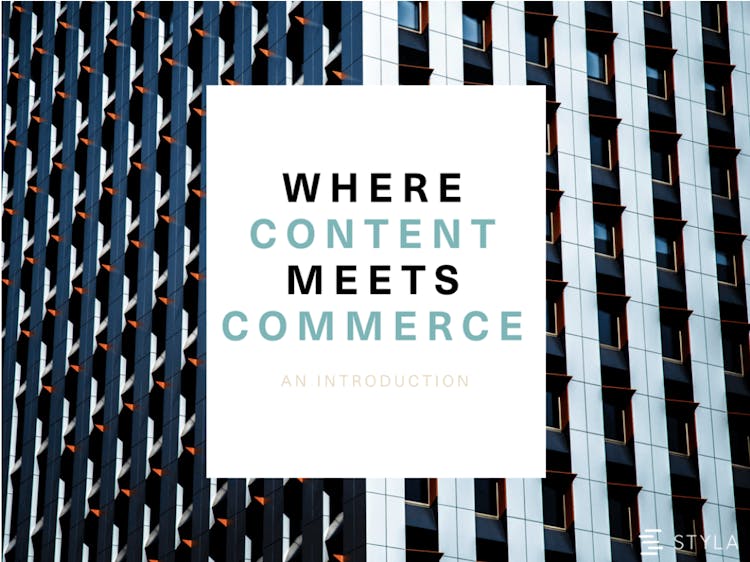
The Future Of E-Commerce: Content Commerce 101 [REPORT]
What stands behind the omnipresent content marketing hype? That's right: the fact that you can no longer ignore customers' desire for content, purpose, and meaning.

Why Content Marketing In Fashion Is An Obvious Trend
When you think about fashion and content marketing, the similarities between these two are striking. Both of these industries are strongly connected with the subtlest of changes happening in the social context, constantly altering themselves according to the needs of the society.

INSIGHT: Luxury Fashion in E-Commerce
In the world of online retail, there are numerous trends to keep an eye on. Some of them we’ve already mentioned on the Styla blog before: it’s a tight focus on selectively chosen KPIs, an increase in mobile users, the rise of social media, the growing popularity of shoppable content… There’s another trend, however, that is completely transforming the way people buy fashion online – the growing accessibility of luxury fashion across all consumer segments.

INSIGHT: The Beauty Market is Conquering E-Commerce
Over the last few years, the beauty and personal care market has experienced a tremendous growth. What once used to be an industry only limited to physical stores, is now taking over e-commerce, with its websites, subscription boxes, social platforms, on-demand services, and everything that comes with it.
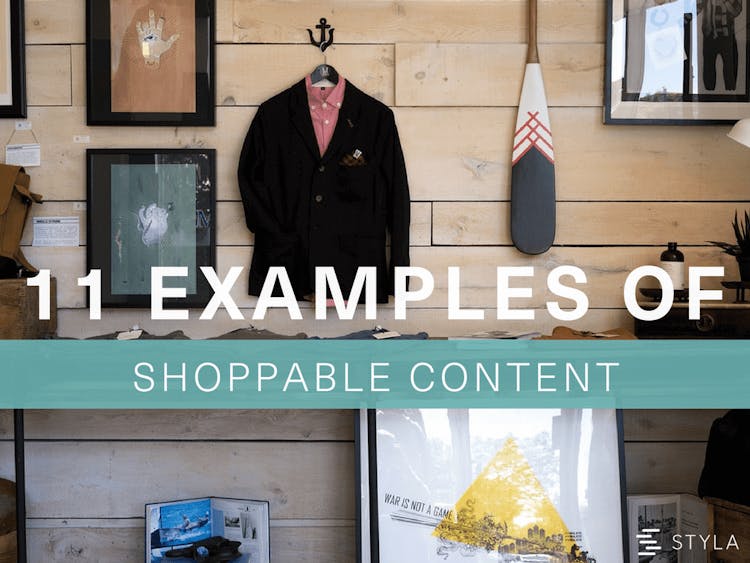
11 Brilliant Examples of Shoppable Content
With shoppable content currently on the rise, the retail industry is experiencing significant changes in the way it advertises products. From blogs and video ads to lookbooks and magazines, content is shifting away from its traditional format and becomes more interactive, more powerful, more memorable.

11 Brilliant Examples of Shoppable Content
With shoppable content currently on the rise, the retail industry is experiencing significant changes in the way it advertises products. From blogs and video ads to lookbooks and magazines, content is shifting away from its traditional format and becomes more interactive, more powerful, more memorable.

How to Build an Audience on Facebook
It almost goes without saying that distribution is an essential part of a successful content strategy. However, getting your content in front of the right people, and then growing your audience on your chosen platforms, is easier said than done.
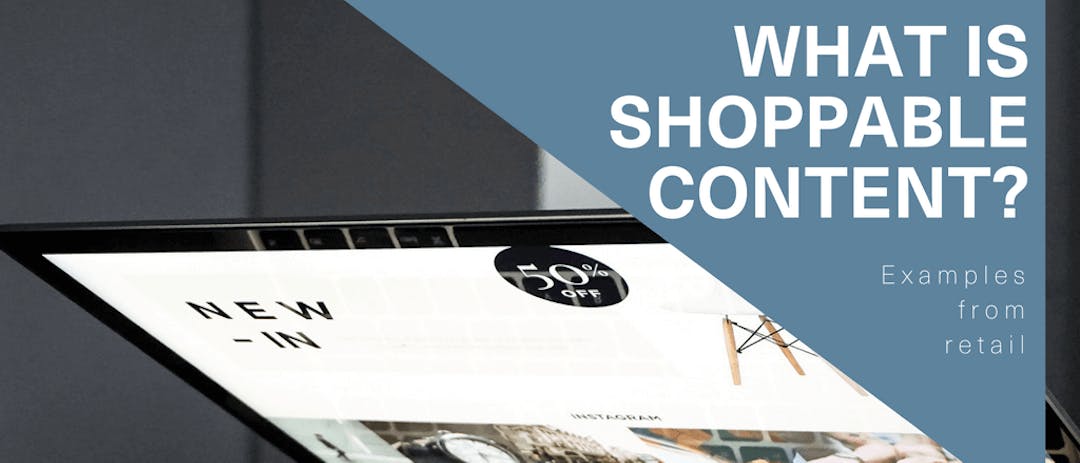
What Is Shoppable Content?
Ever since the invention of E-Commerce in 1979, the way people shop has dramatically changed. Before, retail was all about location, location, location — epitomising the most commonly recited marketing credo, according to which the success of your business mainly depends on a geographical factor.
As the world changes and new technology emerges, the famous phrase seems to have acquired a new meaning. Retail is still all about the location — but with the rise of mobile users and rapid digital advancements, that location is neither geographical nor physical. It is, in fact, in the online realm — the place where the consumer of today is currently residing.

What Is Content Commerce?
There are two words that we all live and swear by in the dot-com era: content and commerce. And indeed, content has now become the biggest slice in the global e-commerce pie, where nearly every established retailer suddenly has a story to tell, a picture to share, and a video to show.

How To Stand Out From The Crowd With Instagram
With the rise of social media, Instagram has become an integral part of every brand’s marketing activities, steadily moving Facebook and Twitter off their pedestals. Having become a global phenomenon,
Instagram is now the most engaging social media platform out there.
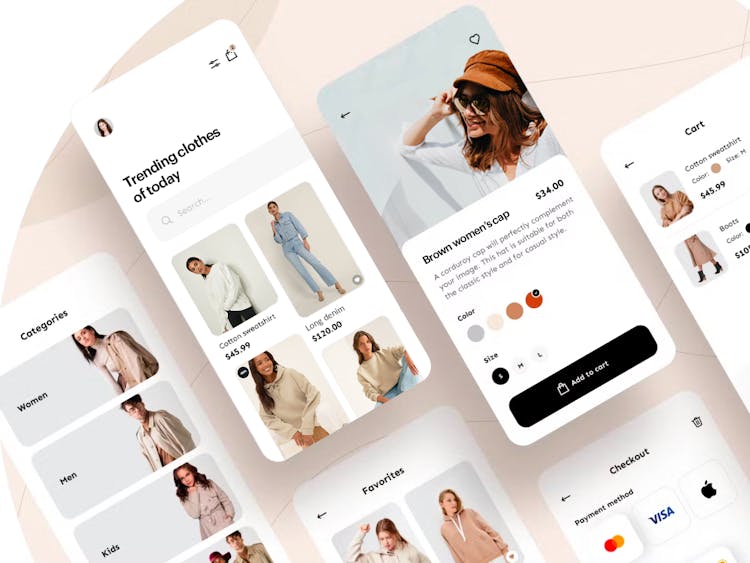
Try out Styla and #upgradeyourstorefront!
Styla Frontend can help your business by improving site-speed, adding a PWA and a great editing experience. It is the fastest storefront technology on the planet, thus getting you a prime spot in search rankings and drastically higher conversion rates. It's free to start. Check it out now!
